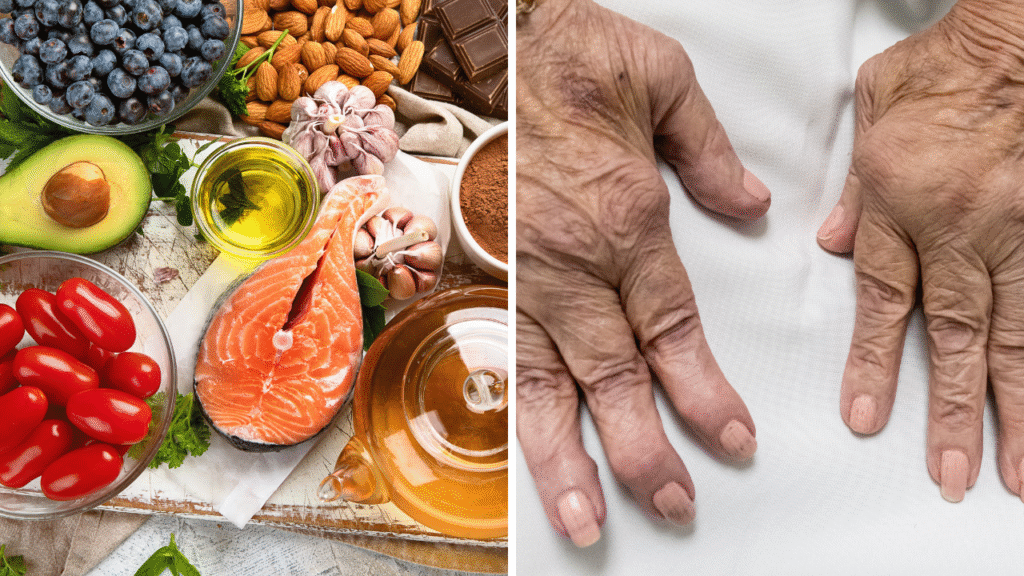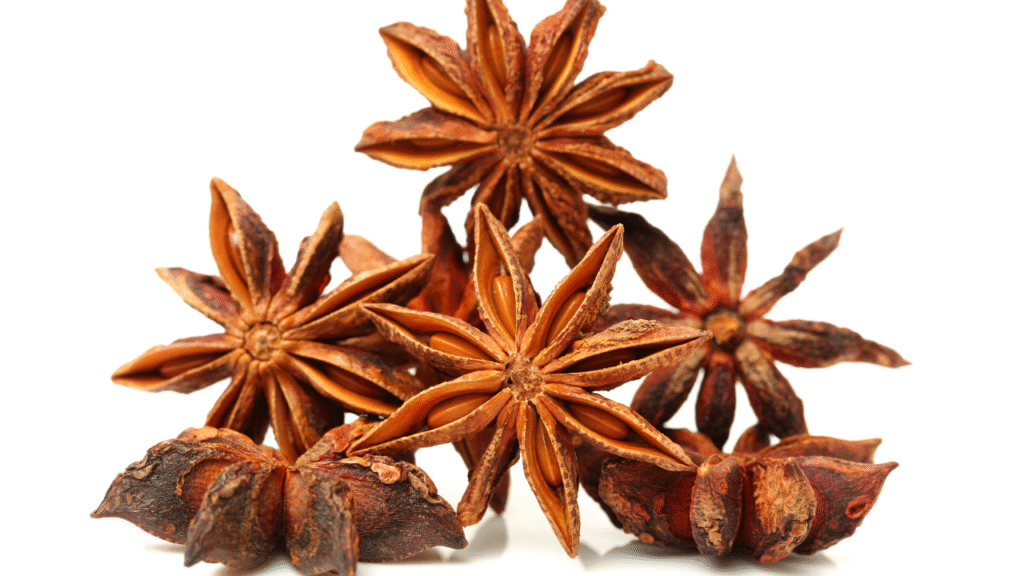Marigolds, or calendula, are the common name for a genus of annual and perennial

herbs of the daisy family, Asteraceae. They are native to Western Europesouthwestern, Asia, Macaronesia, and the Mediterranean. It was not a powerful medicinal herb, but it was used in historic times for headaches, red eye, fever, and toothaches. Although calendula was never a widely utilized medicinal herb, it was formerly a standard treatment for common ailments like headaches, red eyes, fever, and toothaches. It’s easy to cultivate as an annual in gardens or plant pots, and it flowers continuously throughout the growing season.
Calendula has historically been used in culinary and medicinal applications, with the latter enjoying a revival. Most of the time, the flowers on these tiny plants are bright yellow or orange, but there are now many different kinds, some of which have cream or white flowers. The herb is a small bushy plant with light green leaves and flowers that can be yellow or orange. The word “calendula” comes from the Latin calendar or Middle English word calends, which means “the first day of the month.” About 20 species of plants are part of the Calendula family.
Calendula, or marigold, has been used for generations to improve skin health, including wound healing. As a result, this flower has become popular in many natural health products and skincare lines on the market today. It oil is made by infusing flowers in carrier oils such as olive oil or coconut oil.
Shop on Amazon
Plant Parts That Can Be Consumed
Only calendula flowers are used in medicinal preparations, cooking, and fabric dyeing. The flowers taste peppery and tangy. You can add them to salads to make them more flavorful. The addition of flowers to the soup imparts a peppery flavor.

Health Benefits of Calendula
1. Anti-inflammatory
Flavonoids and linoleic acid in calendula have been found to have potent anti-inflammatory effects. When somebody’s body parts become inflamed, it can lead to various complications, including headaches and arthritis. If you make tea out of it, you can drink it daily to prevent inflammation and improve the health of your body. In addition, you can use ear drops containing calendula to treat ear infections in children.
2. Prevent Cancer
Calendula oil has shown anti-tumor properties that make it valuable in new cancer research exploring natural solutions to this global epidemic. For example, it inhibits cancer cell proliferation and activates the lymphocytes, which fight against foreign and infectious invaders. In addition, it appears that calendula is more effective than the topical medications used for lowering and preventing the incidence of dermatitis brought on by radiation therapy, which is used to treat breast cancer.
3. As a Muscle Relaxant
Calendula makes an excellent muscle relaxer. It can prevent muscle spasms, loosen tight muscles, and relax spontaneous muscle contractions. It helps with diarrhea and menstruation cramps as well. Adding calendula to your diet may be beneficial if you have a nervous system issue or menstrual cramps that cause you agony.
4. Healing Properties
Calendula has been shown to aid in healing all kinds of injuries in humans and animals; these include cuts, scrapes, bruises, insect bites, and burns.
Calendula contains plant components that may help inhibit the release of enzymes that promote inflammation and sensitivity. Other active components in calendula, such as triterpenoids, also have anti-inflammatory effects. Calendula tea can also help with gastric and duodenal ulcers’ outward symptoms.
Researchers found that using calendula extract to treat venous ulcers on legs improved healing velocity in people with long-term foot ulcers from diabetes.
5. As an Antiseptic
It can treat fungal infections and other infections inside and outside the body. Making an ointment or a poultice that can be applied directly to the affected area is the most effective approach to using this herbal medicine. There are many creams and over-the-counter medications that contain calendula already.
6. Eye Care
Calendula tea contains antioxidants that directly impact your vision and can prevent macular degeneration and the development of cataracts. In addition, calendula can help with itchy, watery eyes that come from allergies, they can help to alleviate eye dryness, and can even kill pinkeye that is caused by a virus.
7. Oral Health
In recent years, calendula’s strong antibacterial and antimicrobial properties have made it a popular ingredient in toothpaste and mouthwashes. It helps reduce gum swelling and fights gingivitis, cavities, plaque, and other problems. It is also astringent, which helps fight bacteria in the mouth and keep it healthy.
8. Skin Care
Pot marigold (calendula) might help improve the look of your skin. Calendula is often marketed as a treatment for eczema and dermatitis. However, there is no objective evidence that doing so works or is safe. Calendula oil can significantly boost the appearance of your skin. If you want smooth, even-toned skin, consider adding some organic products that contain calendula.
9. Contains Antimicrobial & Antiviral Components
Extract of calendula can aid in treating bacterial vaginosis and vaginal yeast infections. The plant’s oils possess substantial antibacterial and antiviral properties, especially when reinforced with sunflower oil. In one study, 80 women with vaginal yeast infections were given calendula ointment and metronidazole. Both groups were cured of these infections after one week with no adverse consequences.
10. Supports the Menstrual Cycle
The herb tea is said to assist women in getting their periods on time and alleviate menstruation’s painful symptoms, particularly PMS pains. Large amounts of flavonoids relax muscles, blood flow, and information, all of which contribute to more comfortable menstruation. Additionally, it can help with the discomfort of hot flashes.
Uses of Calendula
It is used to color and flavor butter and broths, has a woody, earthy, bitter, and slightly sweet taste, and its petals are edible. It can add color to soups, stews, poultry dishes, custards, and liquors. You can purchase calendula as a dietary supplement, tincture, liquid extract, tea, infusion, ointment, or cream. However, it would help if you typically use dried calendula for cooking, cosmetic, and medicinal purposes.
Once dried, it can be used in recipes like any other dried herb. In addition, it’s often used as a replacement for the more expensive saffron in many herbal tea blends.
Side Effects
Pregnant or breastfeeding people should also avoid drinking it as it can change their hormone levels and cause a period. In addition, calendula can interact negatively with sedatives due to its muscle-relaxing abilities.
Conclusion
Calendula is touted as having anti-inflammatory properties that could help with skin conditions and wound healing. This wonderful, gentle herb can be mixed into many homeopathic and natural products, from teas to creams. The bright, beautiful colors of the calendula flower come from the potent flavonoids that can protect and heal our bodies.
Where to Buy
Shop on Amazon
DISCLAIMER OF MEDICINE
This information is not meant to provide medical advice or replace a personal physician’s advice or treatment. All readers of this information, especially those taking prescription or over-the-counter medications, should check with their doctors before initiating any nutrition, supplement, or lifestyle program. In addition, the statements and goods on this website have not been evaluated by the Food and Drug Administration.




